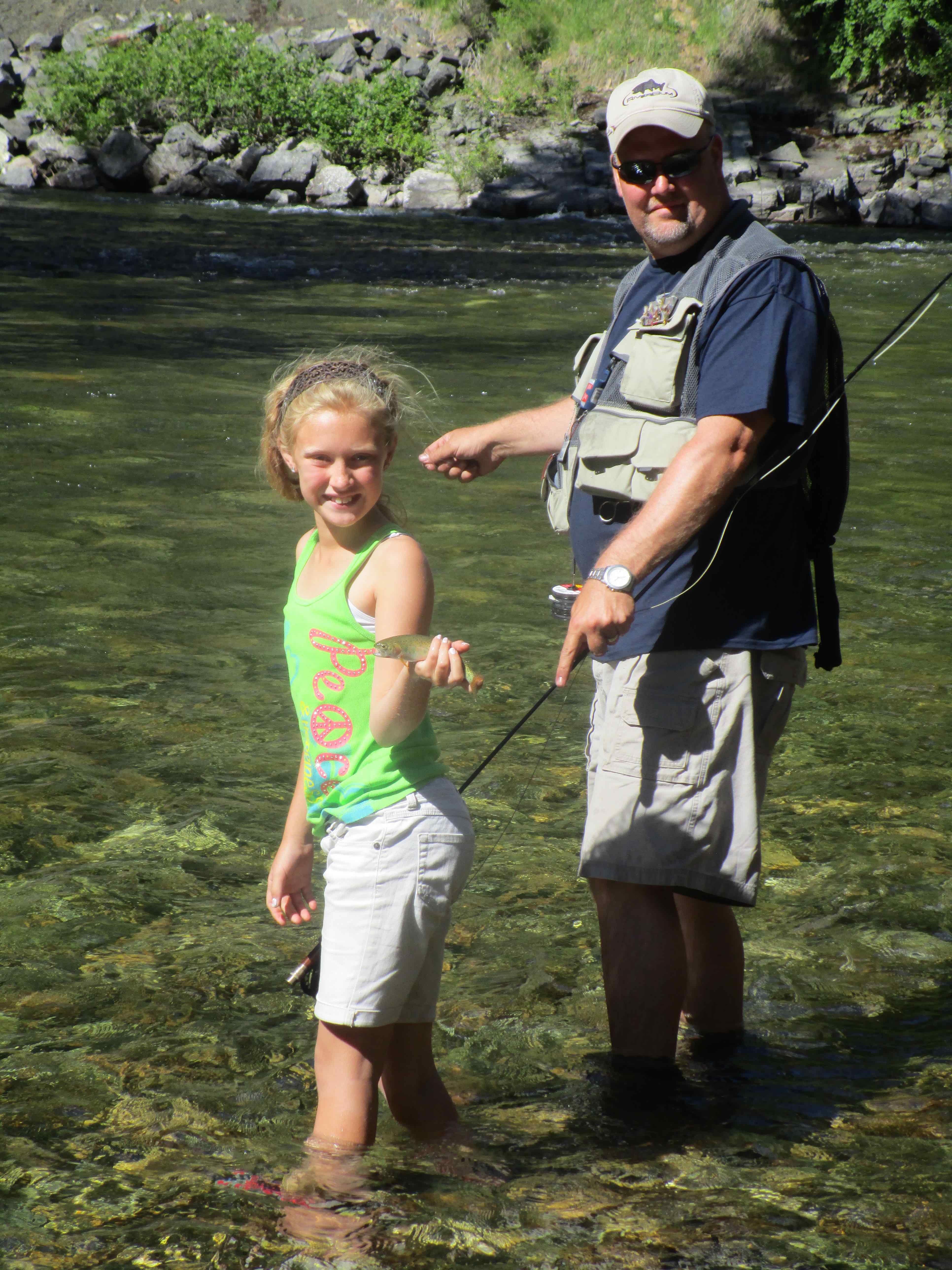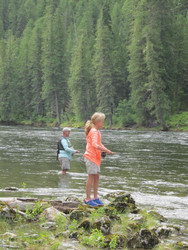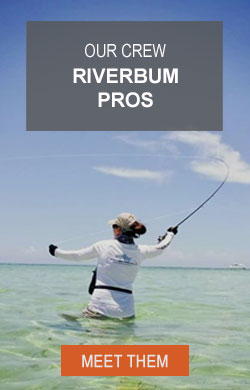Wet Fly Surprise
Love it or hate it, Facebook has some good stuff and some not so good. One the good side, a memory feed came up for me that was a picture of me and my then 7-year-old daughter on a fishing trip to the St. Joe River in Idaho. On the bad side, I think I was about 20 pounds lighter then.

At 7, she hadn’t exactly mastered the finer art of a drag free drift. Back then, it was more like, catch a couple fish, look for bugs, find some cool rocks….is it snack time yet? She’d cast, let it drift…. the fly would get some drag, go under, and swing behind her. BAM, she’d catch a fish.
I kind of shrugged, cutties are pretty aggressive at times. Another cast, another “Maddie” drift, BAM! Another fish. These fish were not feeding on the surface. When you’d see one, you’d see dorsal to tail. They were feeding right below the surface.
This brings to mind the often over looked method of fishing, swinging wet flies. Years ago, it was very popular. It doesn’t seem so much so now. This year, I’m putting swinging more wet flies on my agenda. Why, first and foremost, it’s very effective. Secondly, it’s tight lining. It will vastly improve your fishing skills no matter what method you use.
When you Czech Nymph, you don’t use an indicator. You stay in constant contact with fly with a tight line, high sticking in close quarters. When swinging wet flies, you are casting further out. Your intent is to find that sweet spot in depth and speed to entice the trout to strike.
What determines the depth and speed is the current. When you cast directly across the stream, you’ll get the greatest speed as current will drag you line downstream with an exaggerated bend. If you cast at say two o’clock, you’ll get less drag, less speed, and a slower presentation. Similarly, in the 3 o’clock potion. By in large, the speed of the fly will determine its depth.
You can control the speed with your mends as well. A downstream mend will speed up the fly. Shaking out an S-mend will slow it down. Depth can be controlled by raising and lowering the rod tip. I like to give a bit of a raise of the rod tip near the end of the swing. I think this simulates a nymph rising out of the water column going to the surface to emerge. Trust me on this one, it works!
I think the key to all of this is to keep in constant contact with your fly. The takes can be subtle. As such, you want to make sure you hold the line between you thumb and your forefinger. This will give you the best feel for the line and the fish. That’s it for now my fishy friends, until next time!
Tight Lines and Screaming Drags







